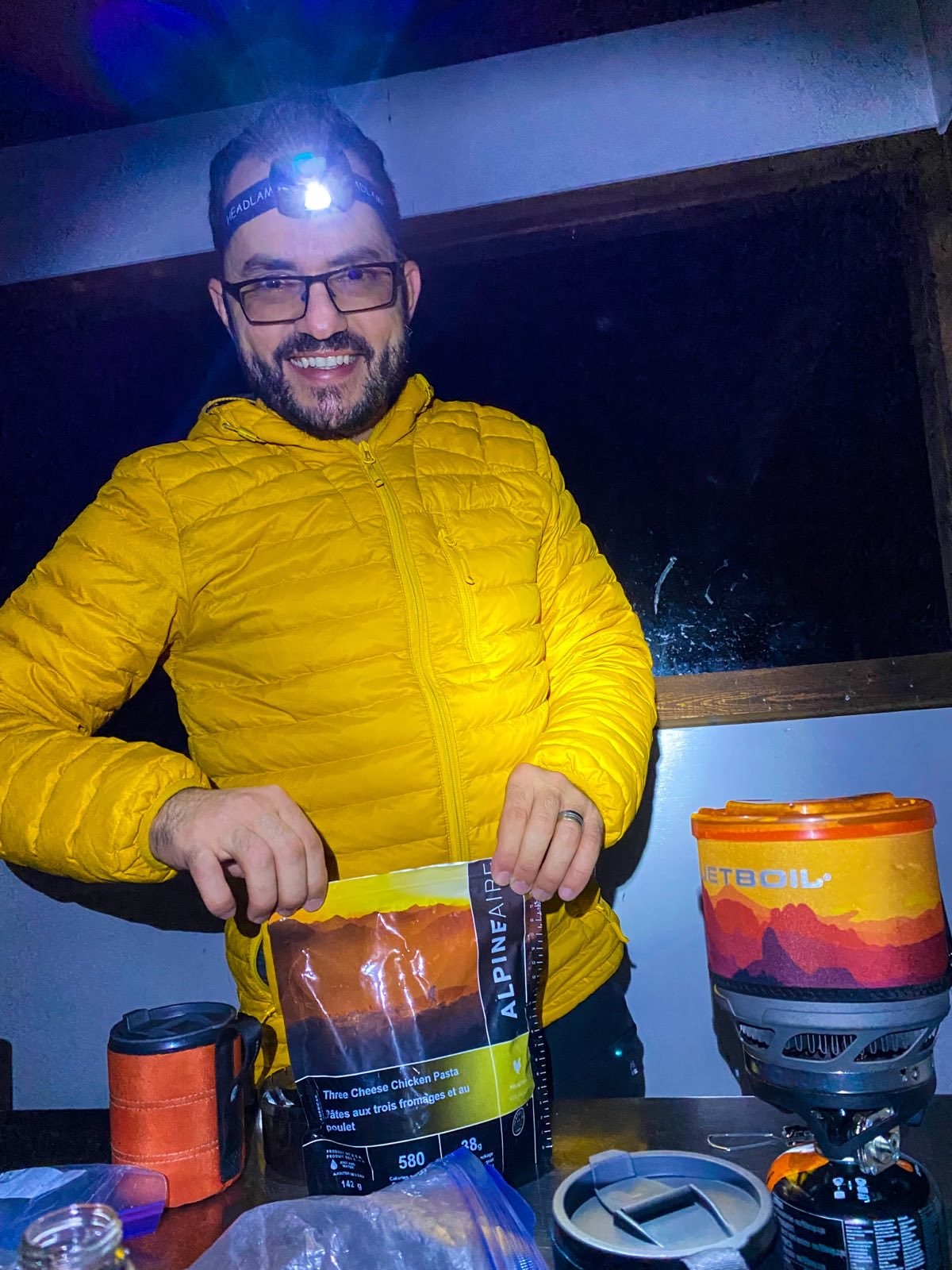 When it comes to planning a hiking or trekking trip, there are several steps to consider, such as making reservations, packing essential equipment, creating a trip plan, and of course, figuring out what kind of food to bring. Therefore, it is essential to have a plan in place!
When it comes to planning a hiking or trekking trip, there are several steps to consider, such as making reservations, packing essential equipment, creating a trip plan, and of course, figuring out what kind of food to bring. Therefore, it is essential to have a plan in place!
Whether the trail is short or a multi-day trek, you need to think about the logistics and what foods to pack in your backpack. But do you know what kind of food is best to bring? What should you consider when making your selection? And what makes food good for hiking or trekking?
Here are some tips that can be useful for your next adventure.
Choose Nutritious and Lightweight Foods
No one likes to carry unnecessary weight on a hiking or trekking trip. When it comes to trekking, this is even more crucial. The ideal situation is to reduce the weight of your backpack as much as possible. Therefore, in addition to bringing only the necessary clothing and equipment, choose foods that are high in nutritional value and take up little space in your backpack.
Choose Foods That You Are Familiar With
Avoid bringing foods that you have never tried before, as having intestinal problems on the trail is not pleasant. Therefore, it is best to stick to what you are used to eating.
Plan Your Meals
Planning is key, especially on longer trails. I always plan my food according to the number of days and meals that will be eaten. For me, breakfast and dinner are always the most important meals, so they are the most substantial to provide energy for the day of hiking and muscle recovery.
Types of Food for Hiking or Trekking
There are several food options for hiking or trekking, including canned, fresh, instant, freeze-dried, and dehydrated food.
Canned Food

If you are transitioning from car camping to backpacking, you may be tempted to bring your favorite soup. However, I confess that I made this mistake on our first backcountry camping trip at View Point Beach. Canned food is very heavy (since it contains a lot of water), and it also produces a lot of trash.
Fresh Food
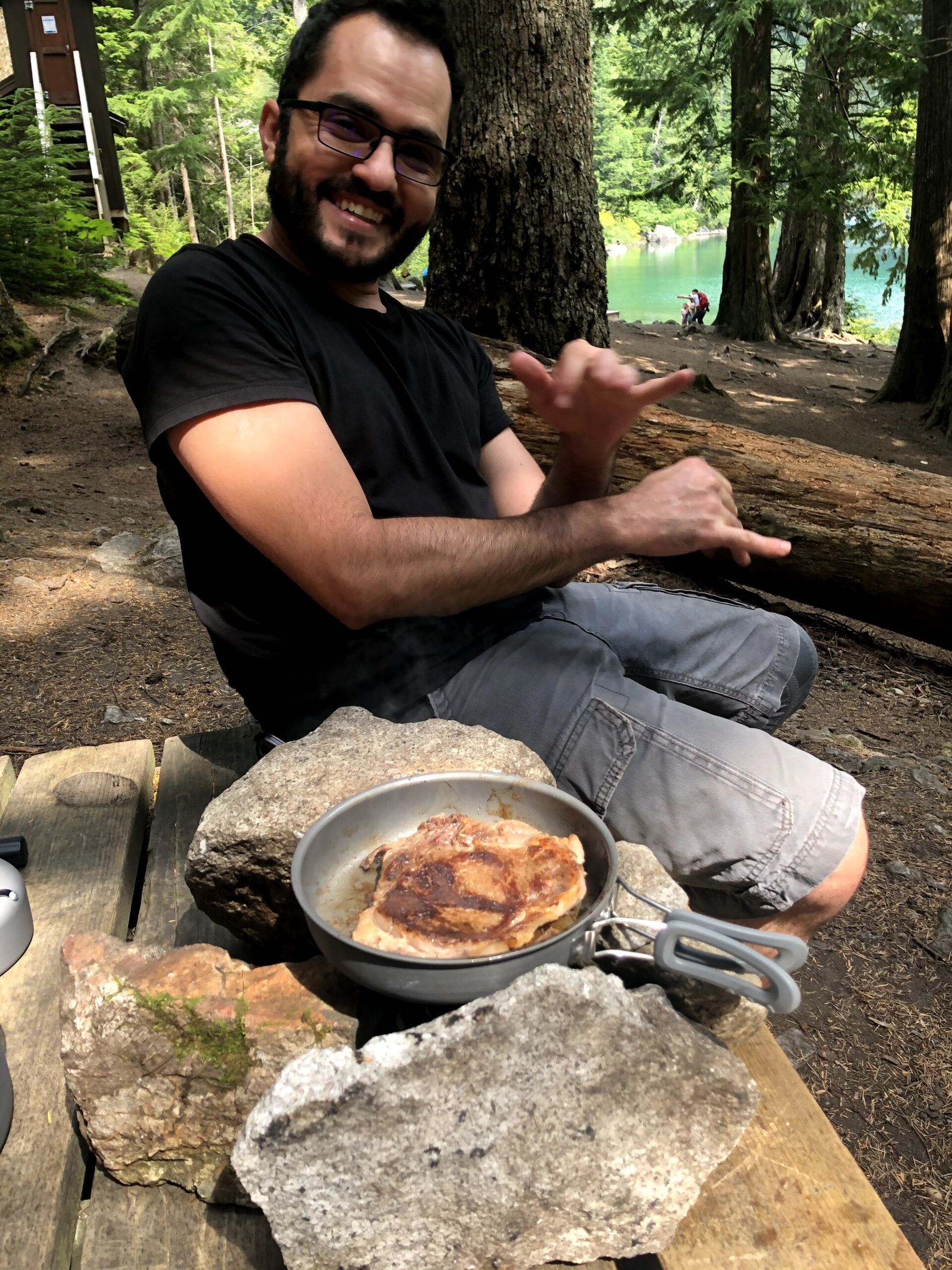
Fruits and meats are tempting, but without proper refrigeration, they spoil quickly. Some hikers, including Bruno, freeze food and meat at home to cook on the trail. This method provides some delicious “gourmet” dinners, but it does not work after the first night unless it is winter.
Instant Food
It is possible and easy to put together meals using foods that you find on supermarket shelves, such as instant noodles, rice, or quinoa.
Freeze-Dried Food
Freeze-dried meals are those known as astronaut food. They go through several dehydration processes to remove water and make them compact, ensuring flavor and extending shelf life. To cook them, simply add boiling water and let them rehydrate for a few minutes. They are very convenient for hiking and trekking, but in my opinion, they are expensive.
Dehydrated Food
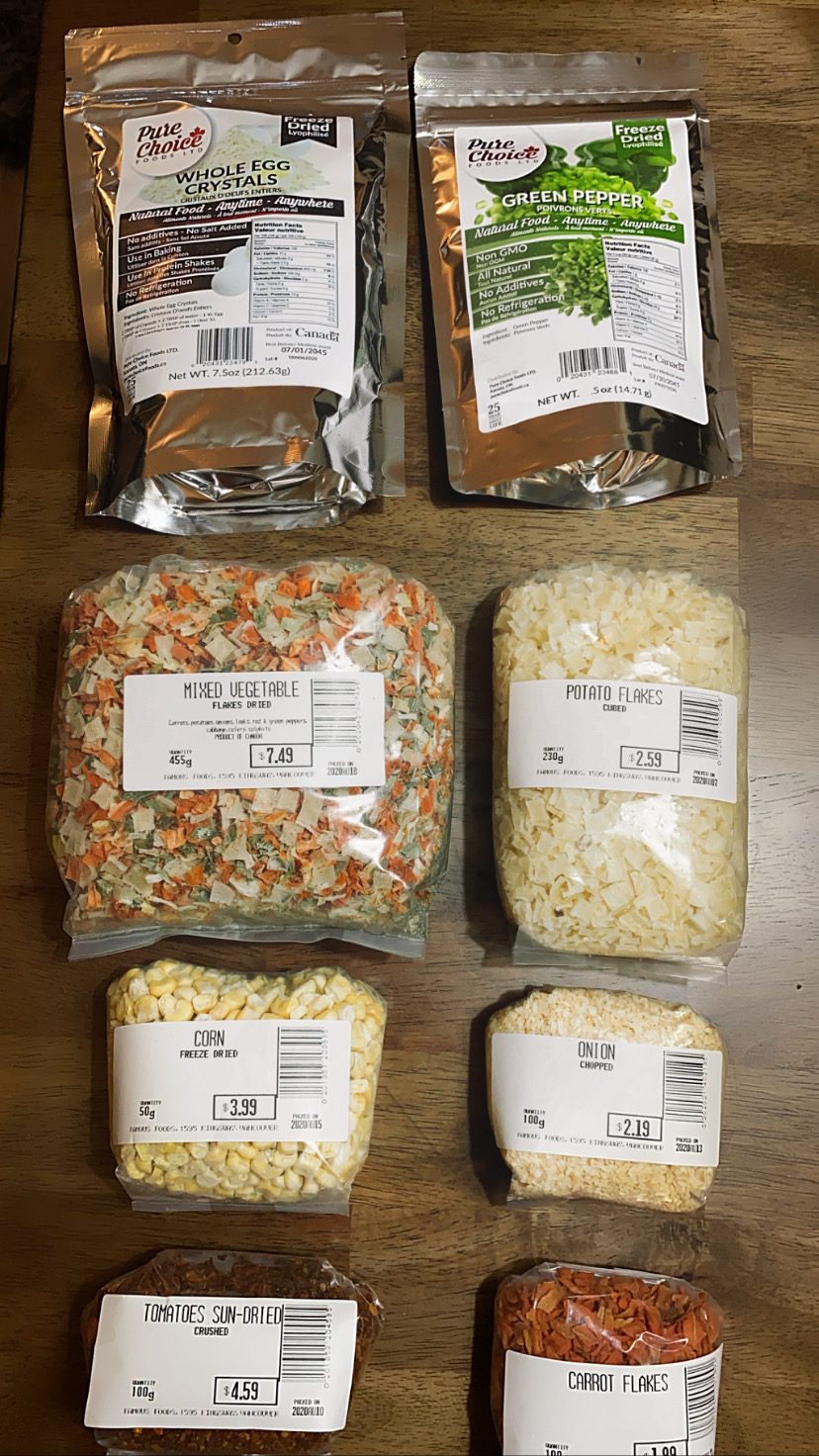
The best food option for hiking and trekking, in my opinion, is dehydrated food. You can either buy or dehydrate your meals at home using a home dehydrator. The possibilities of dehydrating at home are endless, allowing you to prepare nutrient-rich meals and divide them into portions that work specifically for you.
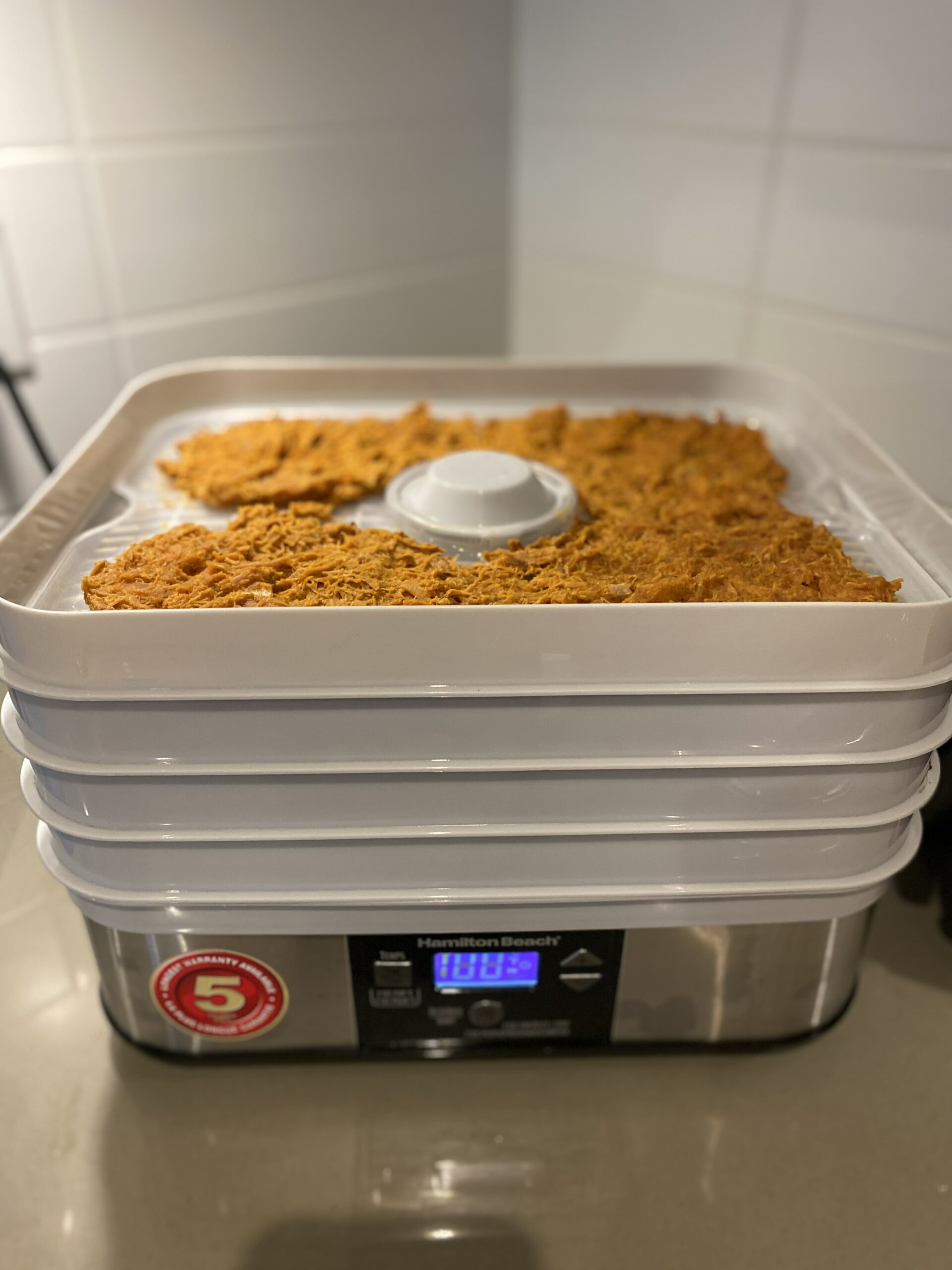

Dehydration takes time, so it is necessary to plan and prepare meals in advance.
What Makes Food Ideal for Hiking or Backpacking?
When it comes to food for long-distance hiking, it needs to meet the following criteria:
- Tasty: Obviously, choose your favorite recipes. Just because you’re in the great outdoors doesn’t mean you have to sacrifice flavor. Bring your favorite seasonings, herbs, and spices to add extra flavor to your meals.
- Sustaining: Plan portions that will satisfy your hunger. When you’re out on the trail, you’ll be burning a lot of calories, so you need to make sure you’re fueling your body with enough food. Don’t skimp on portion sizes, but also be mindful of how much weight you’re carrying.
- Easy: One-pot meals or those that use their packaging are the best, and they make cleaning much more manageable.
- Fast: The ideal meal is one that is ready quickly, which means you’ll save gas and have more time to enjoy the scenery.
Keep it simple and find what works for you

One of the most important things to keep in mind when it comes to trail food is to keep it simple. Focus on bringing ingredients that are easy to prepare and won’t require a lot of time or equipment. This could include items like nuts, seeds, dried fruit, or jerky, which are all easy to pack and require no refrigeration.
It’s also important to find what works for you. Everyone has different tastes and preferences, so take the time to experiment with different foods and recipes until you find the ones that work best for you. Don’t be afraid to try new things, and take inspiration from other hikers or friends who have experience with trail food.
Lastly, remember that trail food is not limited to just granola bars or ramen noodles. There are many options out there, from pre-packaged freeze-dried meals to homemade dehydrated dishes. By experimenting with different foods and recipes, you’ll be able to find the ones that work best for you and your specific needs.
In conclusion, when it comes to eating on the trail, simplicity is key. Choose natural, easy-to-prepare ingredients, and don’t be afraid to experiment with different foods and recipes. With a little creativity and planning, you’ll be able to enjoy delicious and nutritious meals while enjoying the beauty of the great outdoors.
Happy trails and happy cooking!

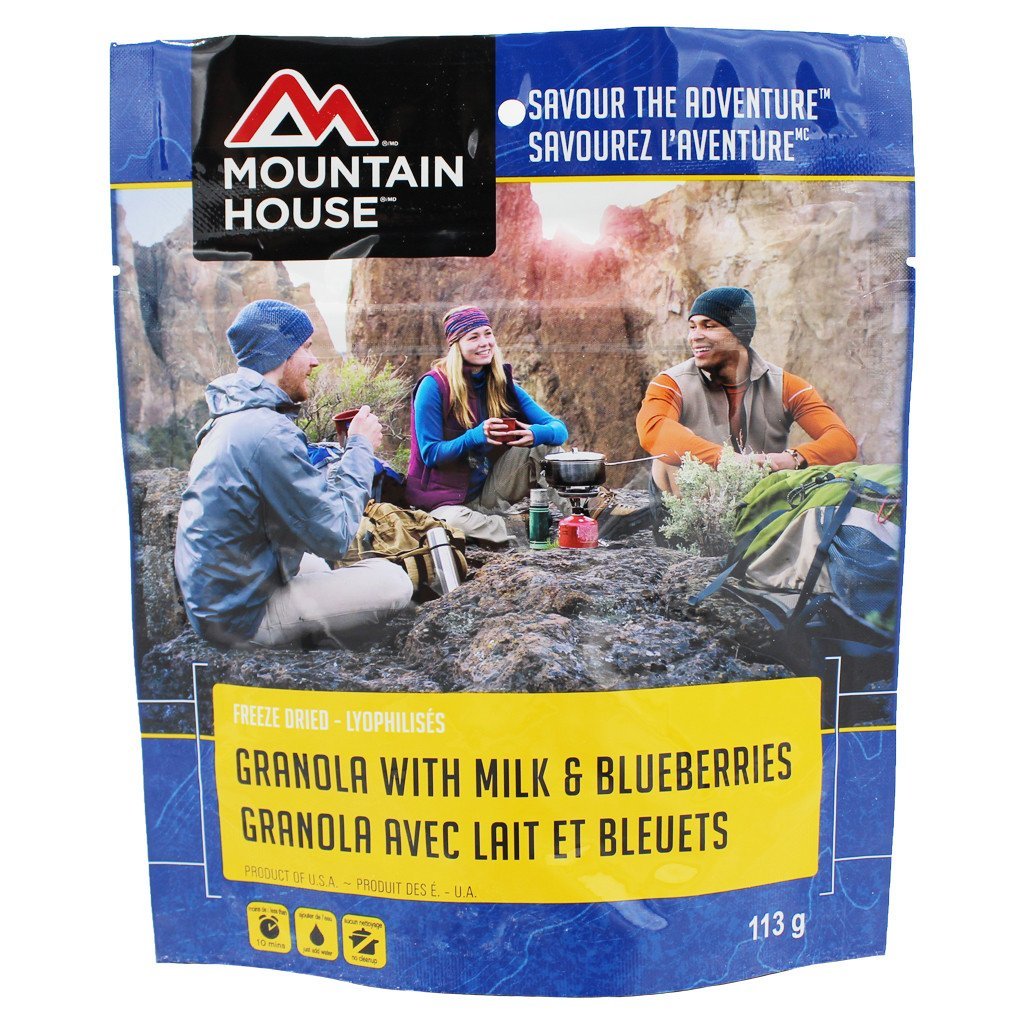



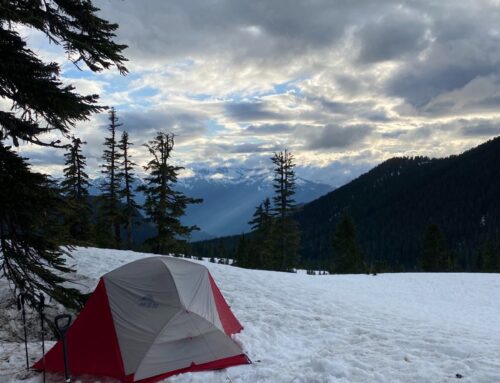
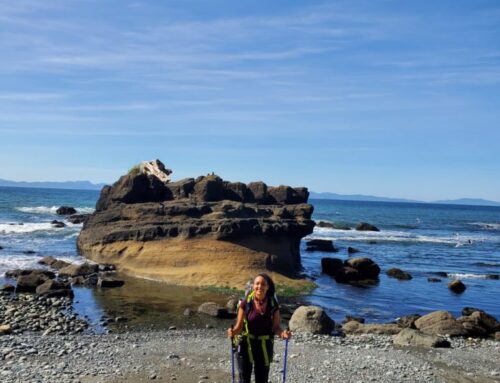
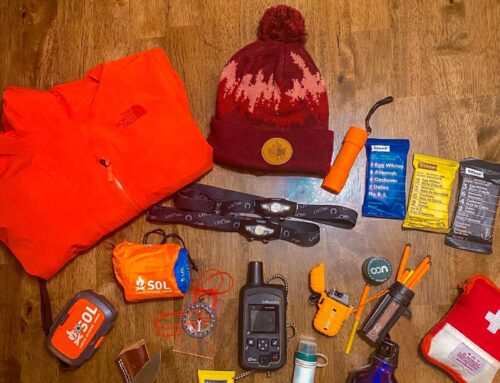
Leave A Comment